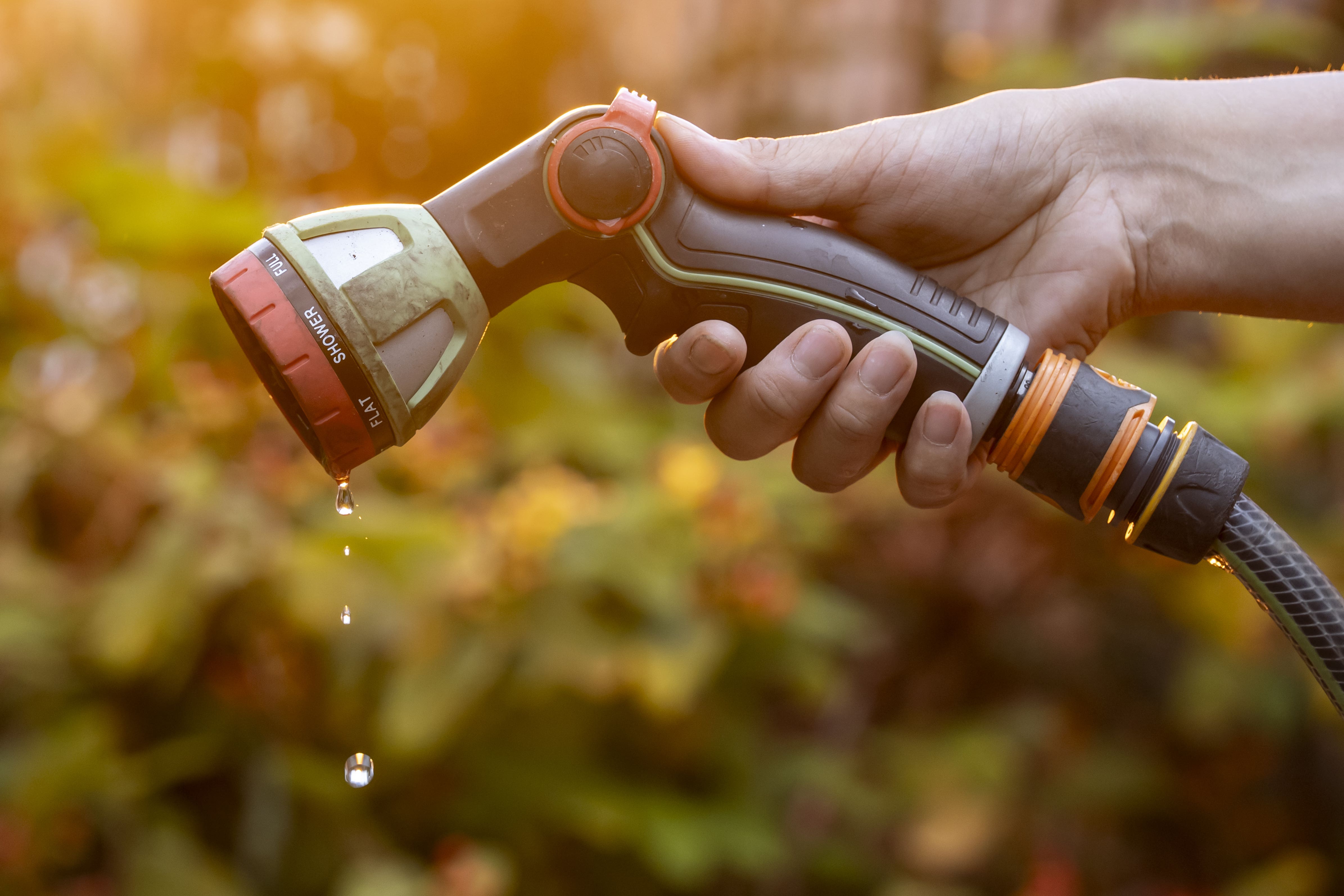Hosepipe bans have been introduced across wide parts of England as Britons battle with consecutive heatwaves this summer and temperatures surpassing 30C.
The UK is set to be hit by the fourth heatwave of the year over the coming days, with temperatures forecast to reach highs of 34C in the south.
After the driest spring since 1893, swathes of the country are suffering drought conditions and water shortages.
More than 8.5 million UK households are now under hosepipe bans, with South East Water, Southern Water, Thames Water and Yorkshire Water bringing in restrictions following a spell of warm weather in July.
For customers of Southern Water, the hosepipe ban continues for parts of Hampshire and on the Isle of Wight.
Thames Water’s hosepipe ban covers much of Swindon, Gloucestershire, Oxfordshire, Berkshire and Wiltshire. It affects all OX, GL and SN postcodes, alongside RG4, RG8, and RG9 postcodes.
Announcing the ban, Thames Water said the UK has “experienced one of its warmest and driest springs in over a century” in 2025, adding that “June was also England’s warmest on record.”
“That’s why we need to bring in a hosepipe ban. It will help protect the environment and make sure there’s enough water to go around this summer.”
South East Water has also put 1.4 million of its customers in Kent and Sussex under a hosepipe ban after record levels of water consumption.

The water provider said that demand across the two counties had reached “the highest levels” this year and had “now reached a point where they have exceeded the limits in the company’s drought plan”.
They added that on 30 June, they supplied 680 million litres of water, more than 100 million litres more than the daily average for summer.
Another hosepipe ban is also in effect across Yorkshire, affecting 5.5 million residents.
Yorkshire Water said the region had both the driest and warmest spring on record this year, receiving just 15cm of rainfall between February and June, less than half the level expected in an average year.
Water demand had also been higher than usual, the company said, leaving reservoirs at 55.8 per cent full, which is 26.1 per cent lower than normal.
In late May, the Environment Agency also placed northwest England under “drought” status.
They said at the time that reservoir storage levels were already lower than they were during the 1984, 1995 and 2022 drought years.







